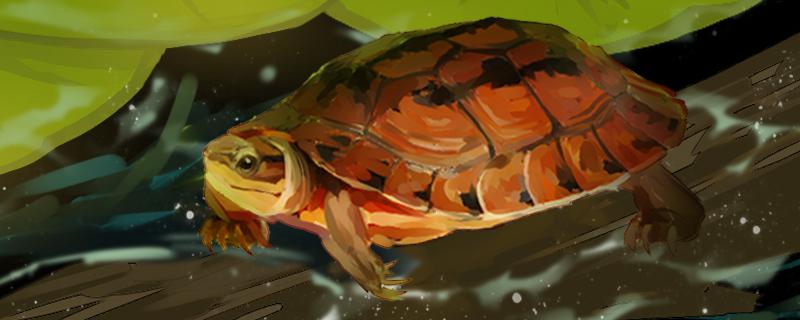Money turtles are called money turtles because their carapaces look similar to ancient copper coins. In order to symbolize auspiciousness, they are named money turtles. In fact, the scientific name of the money turtle is the three-line box turtle, also known as the red-bellied turtle, the broken plate turtle and so on. It is mainly distributed in Guangdong, Guangxi, Fujian, Hainan, Hong Kong and other regions of China. Money turtle is a precious animal resource, and now it is a second-class protected animal in China.

1. why is the money turtle called the money turtle?
Because the back armor of the money turtle is similar to the shape of the copper coin, many turtle enthusiasts call them the money turtle for a good moral, but their scientific name is the three-line box turtle. The money turtle has a great role, not only in medicinal use, but also in technological production, modern scientific research and ornamental aspects. However, due to the large demand of human beings for money turtles, their number is decreasing day by day, and it is difficult to see their traces in the wild, and now they are one of the second-class protected animals in China. The scientific name
of the money turtle is the three-line box turtle, which is mainly named according to their appearance characteristics. The head of the money turtle is long and waxy yellow, but it is smooth and scaleless. There are diamond-shaped brown patches on both sides of the back of the eyes. The carapace is reddish brown, with three black longitudinal lines, but the middle one is the longest, which can run through the whole carapace, and the front and back of the carapace are relatively smooth. The plastron of the money turtle is black, but the edge is yellow. The carapace, plastron and abdominal shield are connected by ligaments. The color of the limbs and tail is orange or dark red. There are webbed toes. The tail is long and thin.
